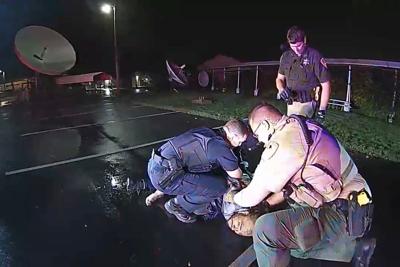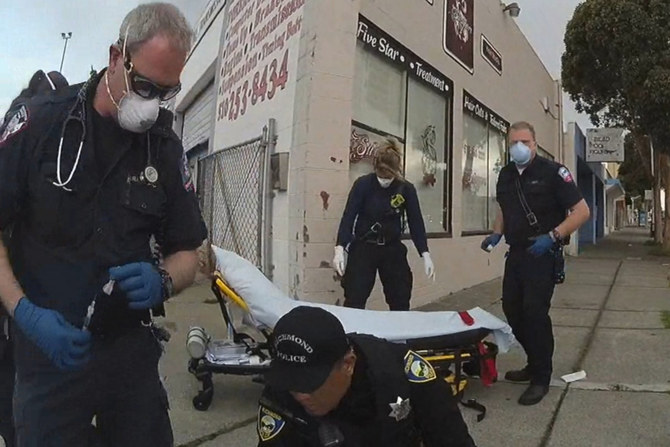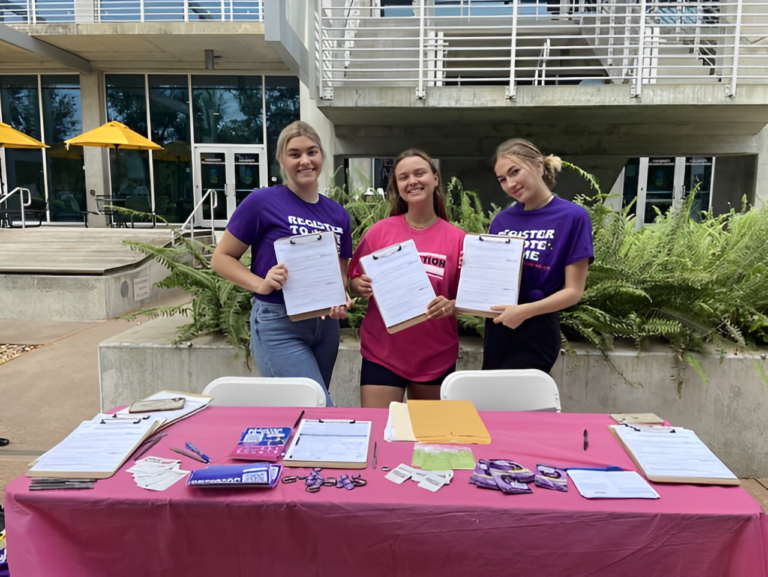A recent investigation conducted by The Associated Press has uncovered troubling findings regarding the deaths of individuals in Florida following encounters with law enforcement, during which they were injected with powerful sedatives by medical personnel.
Over the span of a decade, at least 17 people lost their lives under such circumstances, raising concerns about the use of sedatives during police interactions.
The incidents occurred in various cities across the state, including Orlando, Tallahassee, Tampa, and West Palm Beach. In some cases, drugs were administered by paramedics from Miami-Dade Fire Rescue.
These deaths are part of a larger trend documented by the AP, which found over 1,000 cases nationwide of individuals who died after police employed physical force or non-lethal weapons like Tasers.
While sedation is intended to calm individuals who may be combative due to drugs or mental health issues, questions have been raised about its appropriateness in police encounters.
Florida emerged as one of the states with the highest number of sedation-related cases. Medical officials in the state played a significant role in advocating for the use of sedatives to manage potentially violent incidents involving law enforcement.

In some instances, recommendations were made to administer sedatives like midazolam and ketamine, despite concerns about potential respiratory complications.
Related Articles:
- Tennessee Fugitive Apprehended Trying to Enter US from Canada
- Speeding Epidemic Grips Florida Highways, Puts Lives at Risk
- Florida Blocks Local Heat Protections for Outdoor Workers
The drugs used varied, including ketamine, midazolam, and ziprasidone, an antipsychotic medication. These medications were often administered to individuals exhibiting symptoms of “excited delirium,” a controversial condition associated with drug use or mental illness.
As discussions around police tactics and medical interventions continue, it is imperative to address the complexities surrounding the use of sedatives in law enforcement encounters to prevent further loss of life and ensure the safety and well-being of all individuals involved.







+ There are no comments
Add yours